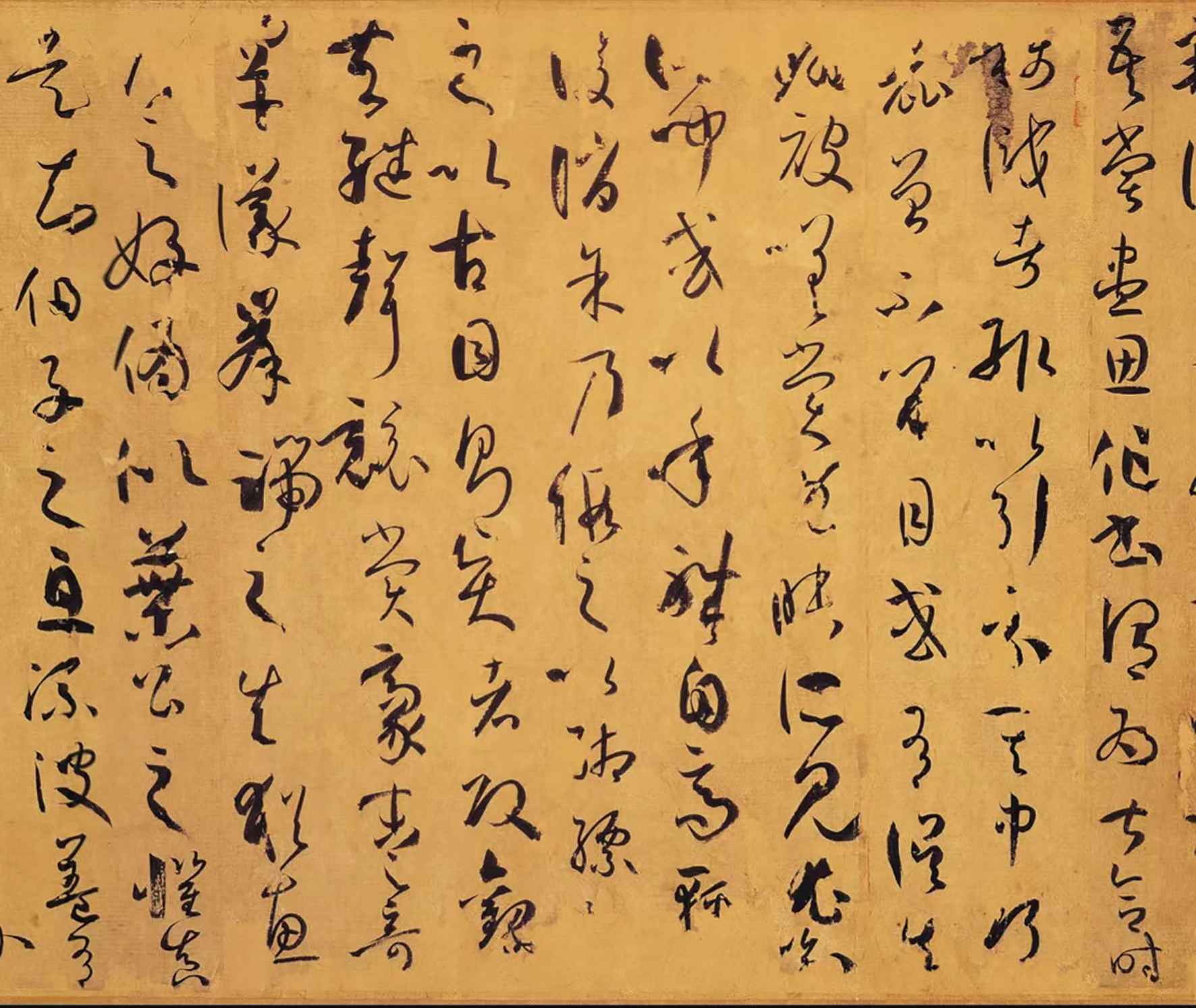Hubei discovered the most complete upright skull fossils in Eurasia's contempora on to date
Author:Xinhuanet Time:2022.09.28
Xinhua News Agency, Beijing, September 28 (Reporter Xu Zhuang, Shi Yusen) The reporter learned from the "Archeological China" major project conference held by the State Administration of Cultural Relics on the 28th that a Liangzi Site of Hubei Xuezi found an ancient human skull fossil, named " Yixian No. 3 Slot. " This is the most complete upright skull fossil in Eurasia.
The Liangzi site of the school is located in Liyang District, Shiyan City, Hubei Province. It is a large -scale wilderness site in the early days of the Paleolithic Age. In 1989 and 1990, the site was unearthed with two ancient human skull fossils. It was about 800,000 to 1.1 million years ago. It belonged to the upright person and was named "Yixian people" by the academic community. The No. 3 ectumite stone is about 35 meters from the previous two cricket fossils out of the land. The buried environment, the accompanying animal group and the technical characteristics of the stone product are similar. The preliminary judgment should be the same era, and the specific annual confirmation of science and technology is required.
Since 2021, the Hubei Provincial Institute of Cultural Relics and Archeology has conducted systematic archeological excavations on the Liangzi site of the school. No. 3 ecstasy stone currently exposed forehead (including eyebrow ridges), orbital, top bone, left cheekbone and the left side of the temporal bone and the left side of the temporal bone, and the shape is clear and no obvious deformation occurs. At the same time, it is accompanied by a large number of animal fossils and stone products unearthed.
According to experts, people in Lixian County are at the key node of the evolution of upright people. The No. 3 skull is the most complete upright skull fossil found in Eurasia in the inland inland in Eurasia. Important evidence of development.
At the press conference, the latest archeological discovery of the ruins of the Kunming Hebo of Yunnan, the Kaifengzhou Bridge of Henan and the Luohe River, and the ancient port site of Wenzhou, Zhejiang. The ruins of the Kunminghe Institute of Kunming, Yunnan provided clues to the county's county governance in the Western Han Dynasty. It is an important empirical evidence of the formation and development of unified multi -ethnic countries. A microcosm of the Structure of Tokyo City in the Northern Song Dynasty has outstanding value for the structural layout and the history and culture of the Grand Canal; the ancient port site of Wenzhou, Zhejiang vividly reproduces the prosperity of Wenzhou Port during the Song and Yuan Dynasties.
![]()
[Editor in charge: Liu Xiaodong]
- END -
Facing the disadvantages of calligraphy criticism 丨 Talking from Sun Guoting's Calligraphy Criticism

I taste my thoughts, which means that it is very good, and the person who knows it...
Zhoukou Library Holds the theme activity of "Culture and Natural Heritage Day"
Zhoukou Daily · Zhou Dao client reporter Huang JiaJune 11 is the 17th Cultural and Natural Heritage Day in China. In order to promote traditional culture and tell the story of non -heritage, on the